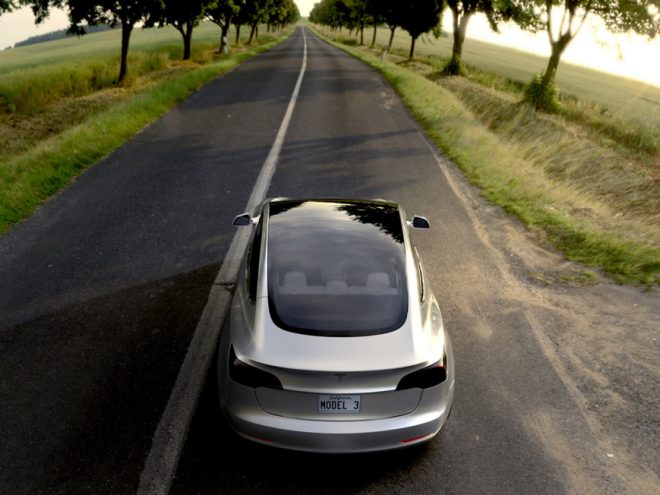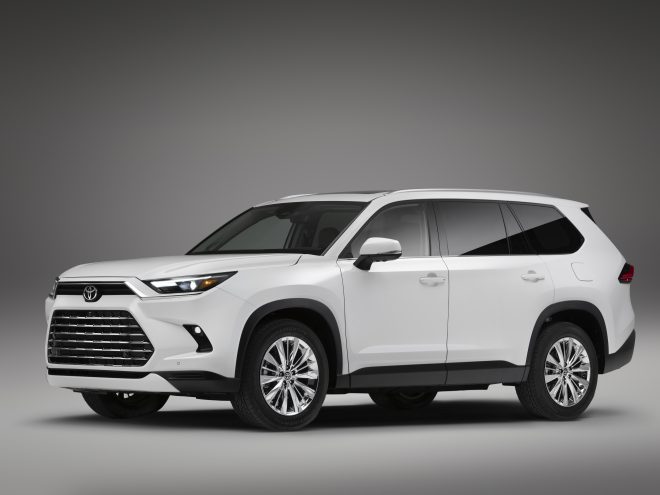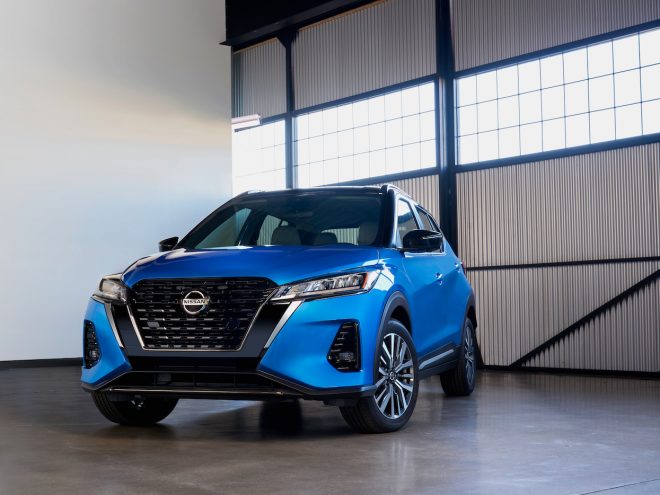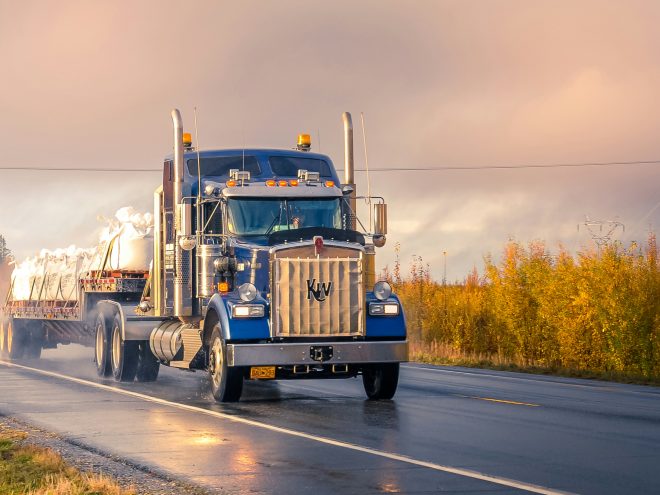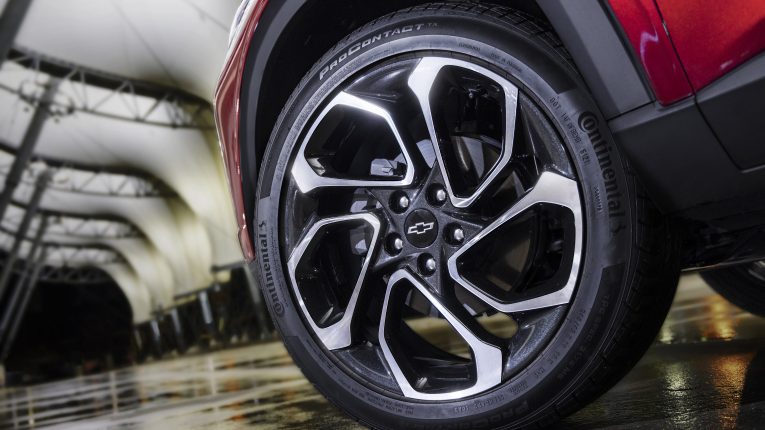
Differences between automated and manual fleet management
Technological advancements have brought a revolution in every business sector. This transformation in the fleet business can also be noticed. A few years ago, logistics companies used to manage their fleets manually. There was no touch of digital technologies. But, today, several companies in the transportation industry have already opted for an automated fleet management system.
Strategic deployment of automated software will bring you lots of benefits. Here are the major differences between automated and traditional vehicle management processes.
What is an automated fleet management?
An automated fleet management system is a system that’s integrated with the entire order and supply chain of a transportation company. Say that you own an eCommerce company like Amazon. It receives orders on its eCommerce platform, and then sends the address and location data to a software that uses the Google Maps API to determine which driver has the most experience in certain parts of the city and who can make deliveries in the fastest time possible.
In contrast, a manual fleet management system requires someone to sit down with all the orders and manually decide which deliveries a driver makes based on their available schedules.
More documents and paperwork
As a fleet owner, you need to log the details of your vehicles and drivers. But, with a manual fleet management system, you have to use spreadsheets and papers. This will make everything much more time-consuming since it’s done with manual data entry.
On the other hand, an automated fleet management is done on the cloud and drivers can log on and view their deliveries automatically. Orders can come in from your eCommerce platform onto your fleet management software and your drivers will be assigned their routes and orders based on the available deliveries that they have to make. This is what Amazon does since a large company like Amazon receives millions of orders weekly and has to fulfil all these orders in the optimal period of time. This can’t be calculated manually.
Driver management
For a traditional fleet management, there is no way to track and manage data. You cannot remotely monitor drivers’ activities. Lack of visibility is a common problem of a traditional approach.
But, you can easily overcome it with your car tracker compatible with GPS tracking technology. It presents you with the real-time location of your drivers.
Moreover, fleet management software gives you an easily readable report on driver performance. Based on the report, you can offer custom training and encourage drivers to perform better.
Data for vehicle management
Without technology, your team is compelled to record everything manually. It is a tedious process, and there is a chance of making mistakes. For instance, every time you hire technicians to service your vehicle, you have to record it to your spreadsheet. You may not remember to maintain your automobiles at the right time.
But, with a car tracker, you can avoid this problem. Modern tracking devices work with fleet management software. The best thing is that you can use your software to create a schedule for maintaining your vehicle.
Fuel management
A paper-based fuel invoice states the amount of fuel bought in a particular day. However, it is not easy to calculate the overall fuel consumption in a definite time frame. Most important, you will not be able to identify fuel wastage and the reason behind the cost bill.
Automated fleet management software ensures efficient fuel management. For instance, idling time for several trucks is around 8 hours per day. It can result in higher maintenance costs and fuel costs.
Route planning
Conventional fleet management involves using no GPS tracking-enabled car tracker. That is why there is no way to optimise routes before starting a trip. Drivers should be efficient in selecting the right routes during every trip.
Indeed, route planning is a complicated process when done manually. However, you can easily complete this task using your vehicle management software. The automated platform lets you build routes based on the set criteria. As the software works with GPS tracking technology, you can identify your routes and reach your destination.
So, these are the major differences between automated and traditional vehicle management.

